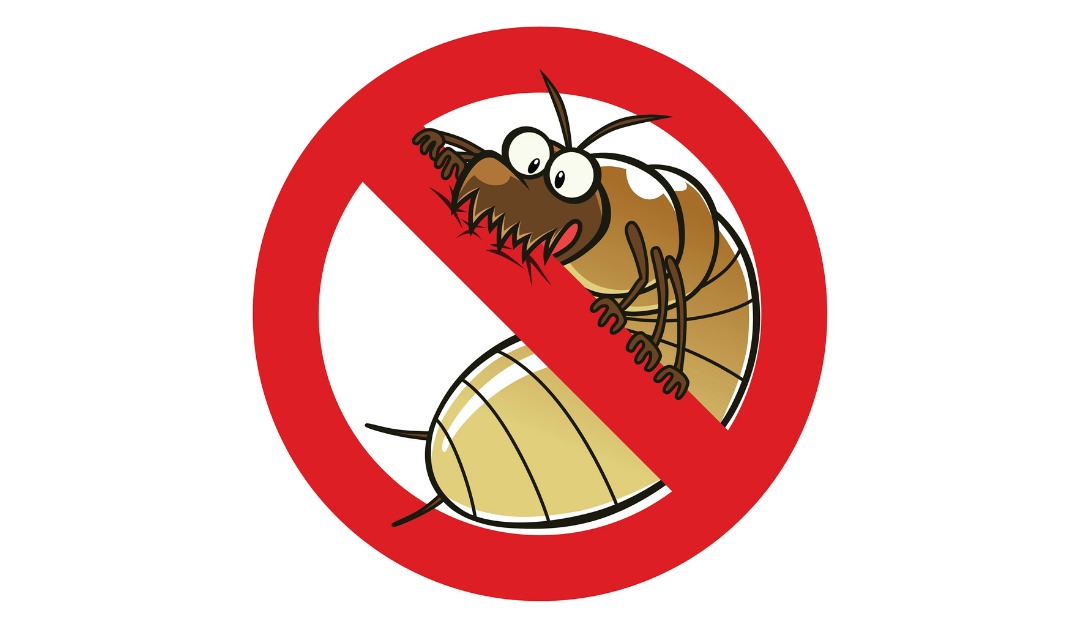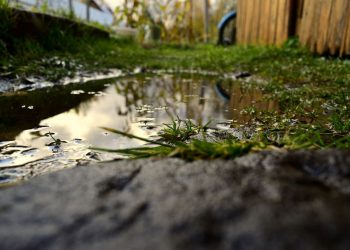Are you living with termites without even knowing it? The wood-devouring insects can often go undetected and wreak havoc on a home, potentially compromising its structural integrity and causing thousands of dollars’ worth of damage. Even worse, because termite damage is considered preventable, it typically isn’t covered by homeowners insurance. That puts the onus of any necessary treatment and home repairs on you and your wallet.
Luckily, there are steps you can take to help prevent a termite infestation. Follow these 10 tips from the National Pest Management Association (NPMA):
1. Seal cracks and holes on the outside of the home, including entry points for utilities and pipes.
2. Keep basements, attics and crawl spaces well ventilated and dry. Termites need moisture to thrive.
3. Repair leaking faucets, water pipes and exterior AC units.
4. Repair fascia, soffits and rotted roof shingles. Some termites are drawn to deteriorating wood.
5. Replace weather stripping and loose mortar around basement foundation and windows.
6. Divert water away from the house through properly functioning downspouts, gutters and splash blocks.
7. Maintain an 18-inch gap between soil and any wood portions of your home.
8. Store firewood at least 20 feet away from the house and 5 inches off the ground.
9. Routinely inspect your home’s foundation for signs of mud tubes (used by termites to reach a food source), uneven or bubbling paint, and wood that sounds hollow when tapped.
10. Monitor all exterior areas of wood, including windows, doorframes and skirting boards for any noticeable changes.
If you suspect a termite problem, the NPMA urges you to contact a pest professional right away to confirm that a problem exists and determine the best course of action. Also, consider scheduling a professional inspection annually to catch potential termite problems before they get any worse and, thus, more expensive to fix.











